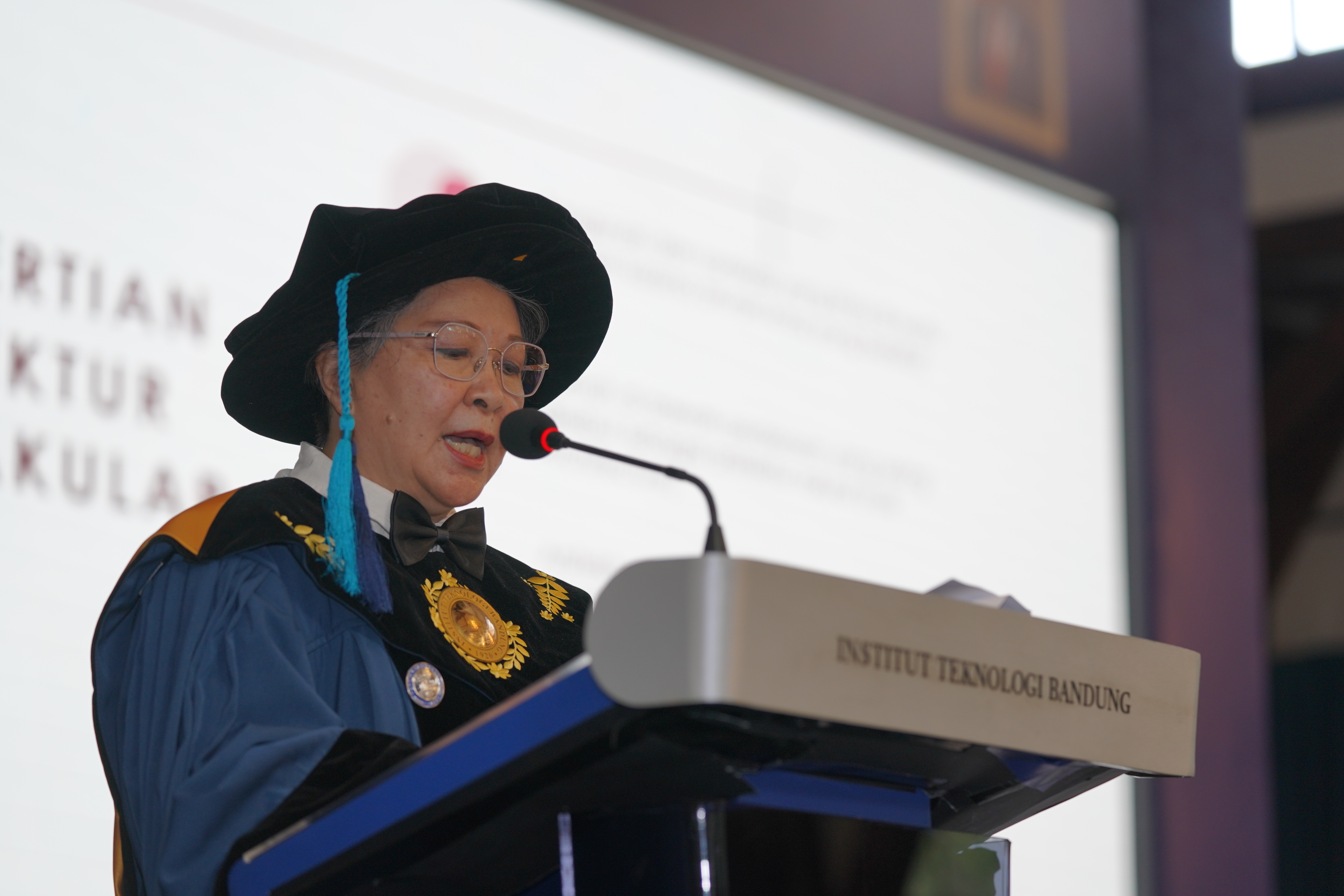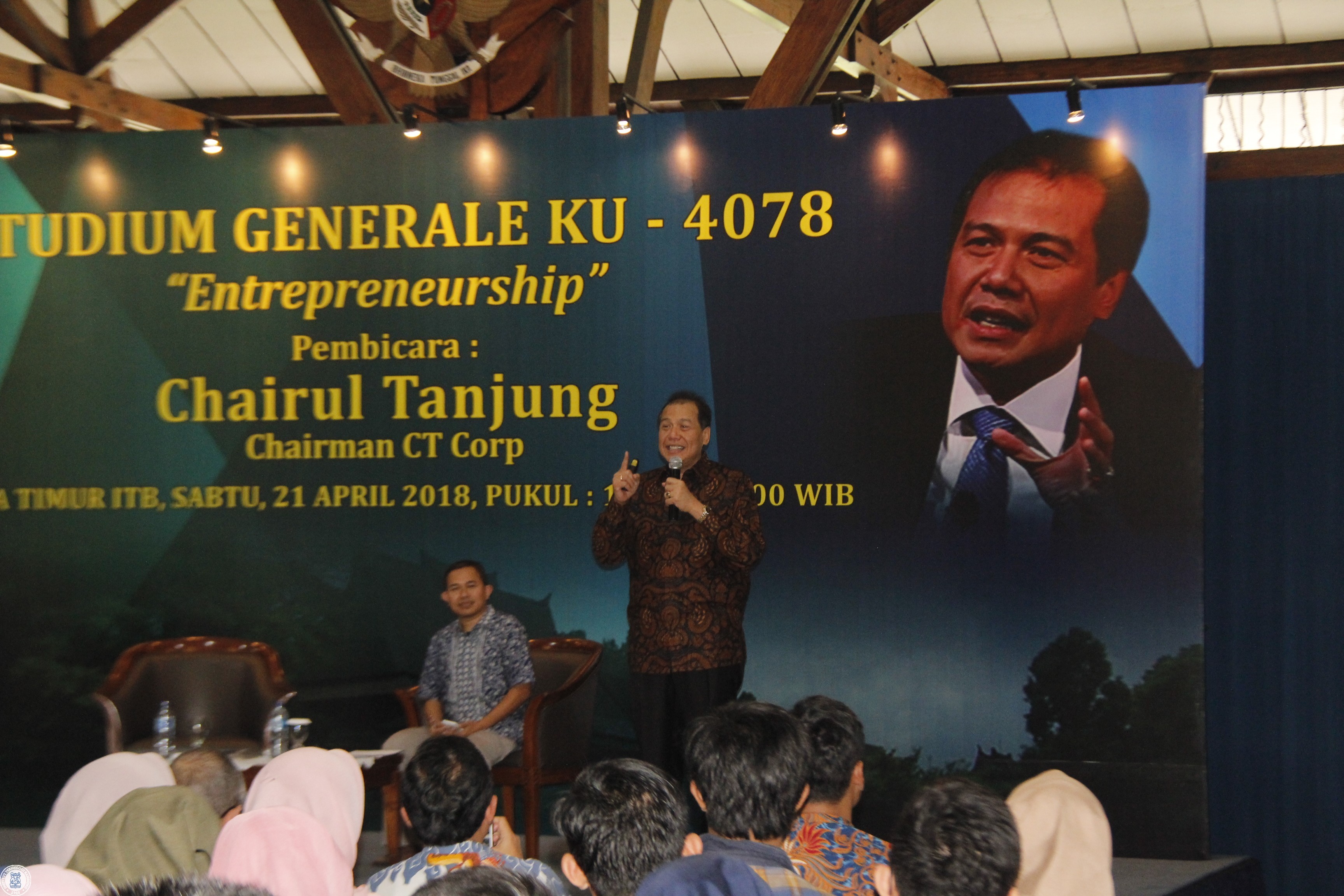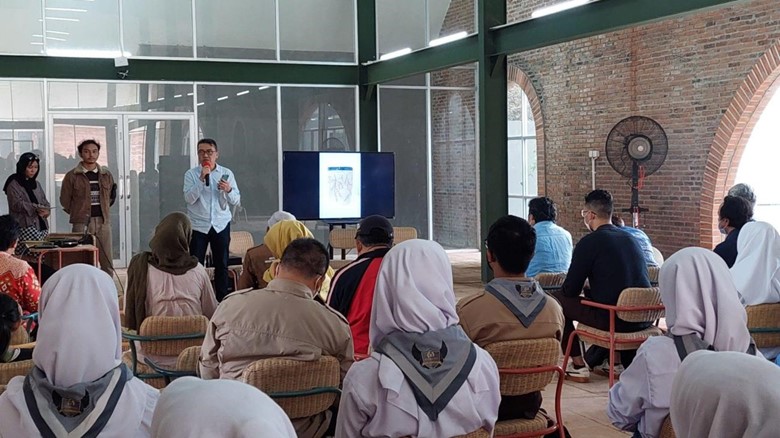Prof. Himasari Hanan’s Oration: Vernacular Architecture in Sustainability
By Adi Permana
Editor Adi Permana

BANDUNG, itb.ac.id — Prof. Dr. Ing. Ir. Himasari Hanan, M.Arch., Eng., delivered a scientific oration entitled "Vernacular Architecture: Local Traditions for Global Sustainability" at the ITB Professors Forum held on Saturday (17/9/2022).
Prof. Himasari is a member of the ITB SAPPD Architectural History, Theory, and Criticism Research Group. Her academic journey began when she earned her engineering degree from ITB in 1980. She then continued her master's studies at KU Leuven (Belgium) and doctoral studies at Kassel University (Germany).
Prof. Himasari explained that vernacular architecture is the design of buildings and landscapes that are distinct in a particular region due to local norms and rules. In Indonesia, its nature and characteristics appertain the culture, customs, and traditions of certain tribes or ethnicity. Hence, it is often referred to as traditional architecture.
"Some scholars associate vernacular architecture with residential buildings in rural areas known as folk architecture. Others define it as the architecture of indigenous people in a particular area."
Vernacular architecture development usually pays attention to the availability of limited resources. The community is required to use sufficient resources as the embodiment of local wisdom. The materials used in development are always maintained within the communally regulated conservation in the form of agreements and customary laws.
Furthermore, Prof. Himasari added that vernacular architecture is a manifestation of people's comprehension of the universe and human life. In this concept, man seeks to create an orderly dwelling as a protection from the wild universe.
Housing Concept in Vernacular Architecture
Philosophically, the house is interpreted as the three layers of the universe. The roof represents the upper world where ancestors lived. The body of the house symbolizes the earth where man resides in present times. The house’s vault portrays the world in which pets and objects are kept.
"The house and its environment are imago mundi, that is, the image of the world and life perceived by their inhabitants,” she elaborated. “The house is a replica of the universe where humans reside.”
Vernacular architecture tends to follow a hierarchy, in which settlements are established by group leaders with higher social status. This social status is then expressed in the modification of living space. For instance, the direction of the sun and the cardinal wind is often used as a benchmark for buildings that have special social functions or are considered sacred. The physical form and philosophical value of the building reflect the dynamization of the social system in a community.
"Architecture becomes an expression and narrative of the locals’ existence and social life in the group. Through architecture, every individual in everyday life is guided and united with their respective group to form cultural traditions," Prof. Himasari described.
Vernacular design in the environment contains three components: settlements, buildings, and outdoor spaces. Settlements with vernacular values always put more importance on being a collective, kindred system.
The home is seen as a derivative medium of life values through behavioral restrictions. The rules of its space usage are determined by the family and the generally accepted social system. Moreover, the outdoors is used to house social interaction in the community.
Vernacular architecture has risen as an inspiration in increasing human sensitivity through relevant experiences. From this concept, a human-scale space can be realized to ensure intensive social and interpersonal relationships between people. Its archetype is created via the expression of identity, character, and elements of people's lives within the sense of its place. These concepts should be taken into consideration by future architects to realize designs that are not only aesthetic but also sustainable and humane.
Reporter: Hanifa Juliana (Urban and Regional Planning, 2020)
Translator: Ruth Nathania (Environmental Engineering, 2019)

.jpg)
.jpg)

.jpg)
.jpg)
.jpg)


